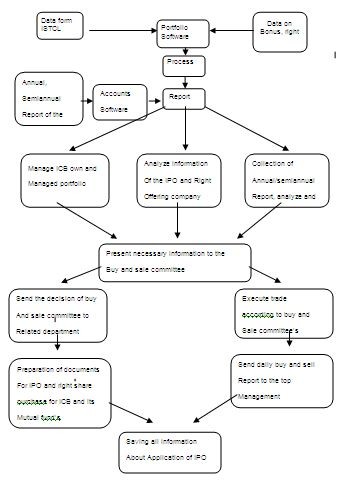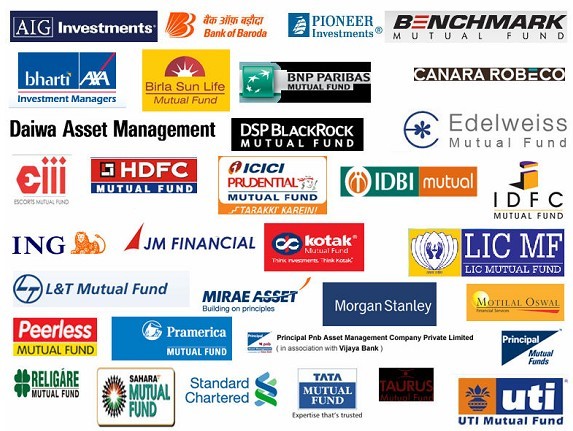Managing A Portfolio Of Mutual Funds
Post on: 31 Март, 2015 No Comment

After you’ve built your portfolio of mutual funds, you need to know how to maintain it. This week, we talk about how to manage a mutual-fund portfolio by walking through four common strategies:
More from Investopedia:
The Wing-It Strategy
This is the most common mutual-fund strategy. Basically, if your portfolio does not have a plan or a structure, then it is likely that you are employing a wing-it strategy. If you are adding money to your portfolio today, how do you decide what to invest in? Are you one that searches for a new investment because you do not like the ones you already have? A little of this and a little of that? If you already have a plan or structure, then adding money to the portfolio should be really easy. Most experts would agree that this strategy will have the least success because there is little to no consistency.
Market-Timing Strategy
The market timing strategy implies the ability to get into and out of sectors or assets or markets at the right time. The ability to market time means that you will forever buy low and sell high. Unfortunately few investors buy low and sell high because investor behavior is usually driven by emotions instead of logic. The reality is most investors tend to do exactly the opposite – buy high and sell low. This leads many to believe that market timing does not work in practice. No one can accurately predict the future with any consistency.
Buy-and-Hold Strategy
This is by far the most commonly preached investment strategy. The reason for this is that statistical probabilities are on your side. Markets generally go up 75% of the time and down 25% of the time. If you employ a buy-and-hold strategy and weather through the ups and downs of the market, you will make money 75% of the time. If you are to be more successful with other strategies to manage your portfolio, you must be right more than 75% of the time to be ahead. The other issue that makes this strategy most popular is it is easy to employ. This does not make it better or worse. It is just easy to buy and hold.
Performance-Weigthing Strategy
This is somewhat of a middle ground between market timing and buy and hold. With this strategy, you will revisit your portfolio mix from time to time and make some adjustments. Let’s walk through an oversimplified example using real performance figures.
Let’s say that at the end of 1996, you started with an equity portfolio of four mutual funds and split the portfolio into equal weightings of 25% each.
After the first year of investing, the portfolio is no longer an equal 25% weighting because some funds performed better than others.

The reality is that after the first year, most investors are inclined to dump the loser (Fund D) for more of the winner (Fund A). However, the right strategy is to do the opposite to practice sell high, buy low. Performance weighting simply means that you sell some of the funds that did the best to buy some of the funds that did the worst. Your heart will go against this logic but it is the right thing to do because the one constant in investing is that everything goes in cycles.
In year four, Fund A has become the loser and Fund D has become the winner.
Performance weighting this portfolio year after year means that you would have taken the profit when Fund A was doing well to buy Fund D when it was down. In fact, if you had re-balanced this portfolio at the end of every year for five years, you would be further ahead as a result of performance weighting.
It’s all about discipline.
The key to portfolio management is to have a discipline that you adhere to. The most successful money managers in the world are successful because they have a discipline to manage money and they have a plan. Warren Buffet said it best: To invest successfully over a lifetime does not require a stratospheric I.Q. unusual business insight or inside information. What is needed is a sound intellectual framework for making decisions and the ability to keep emotions from corroding that framework.














